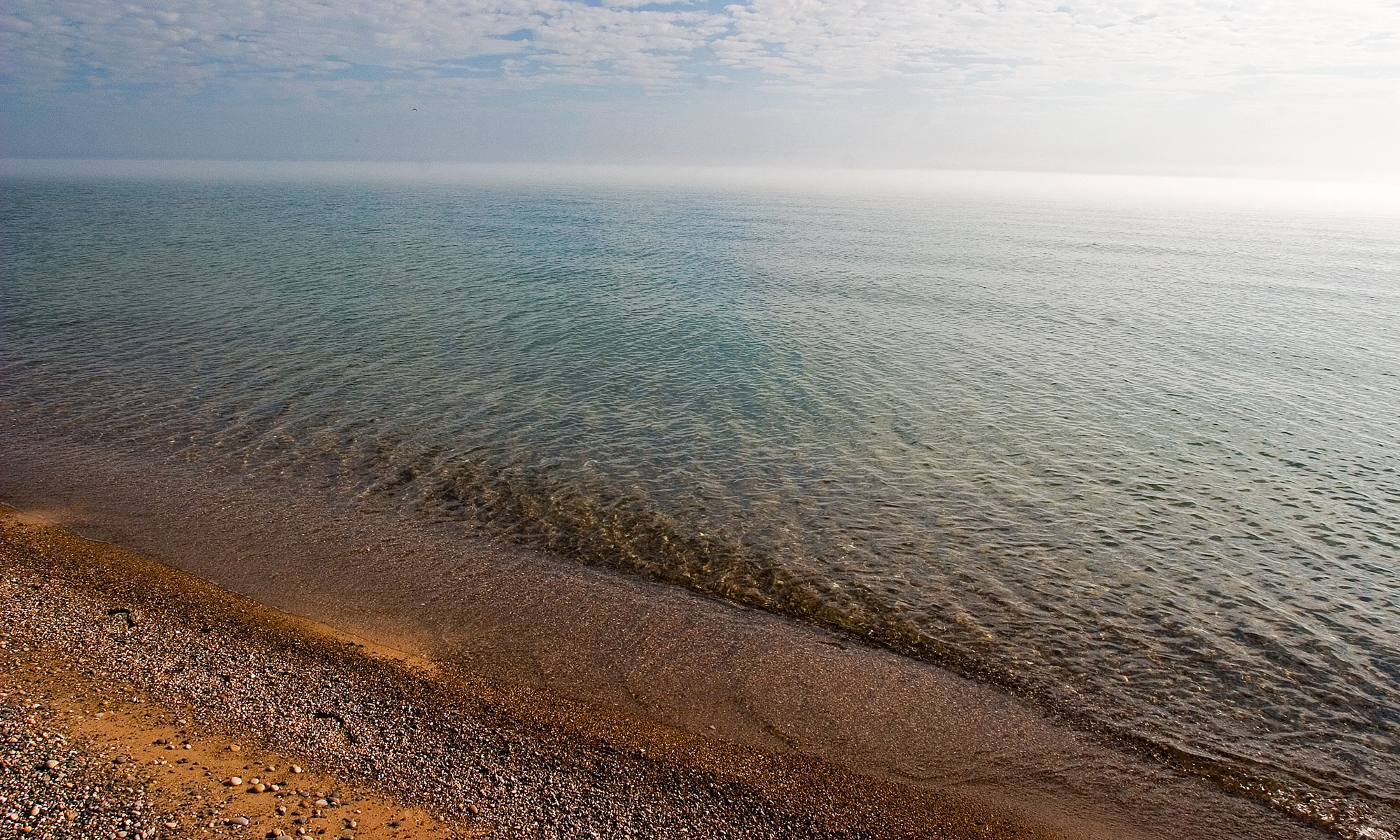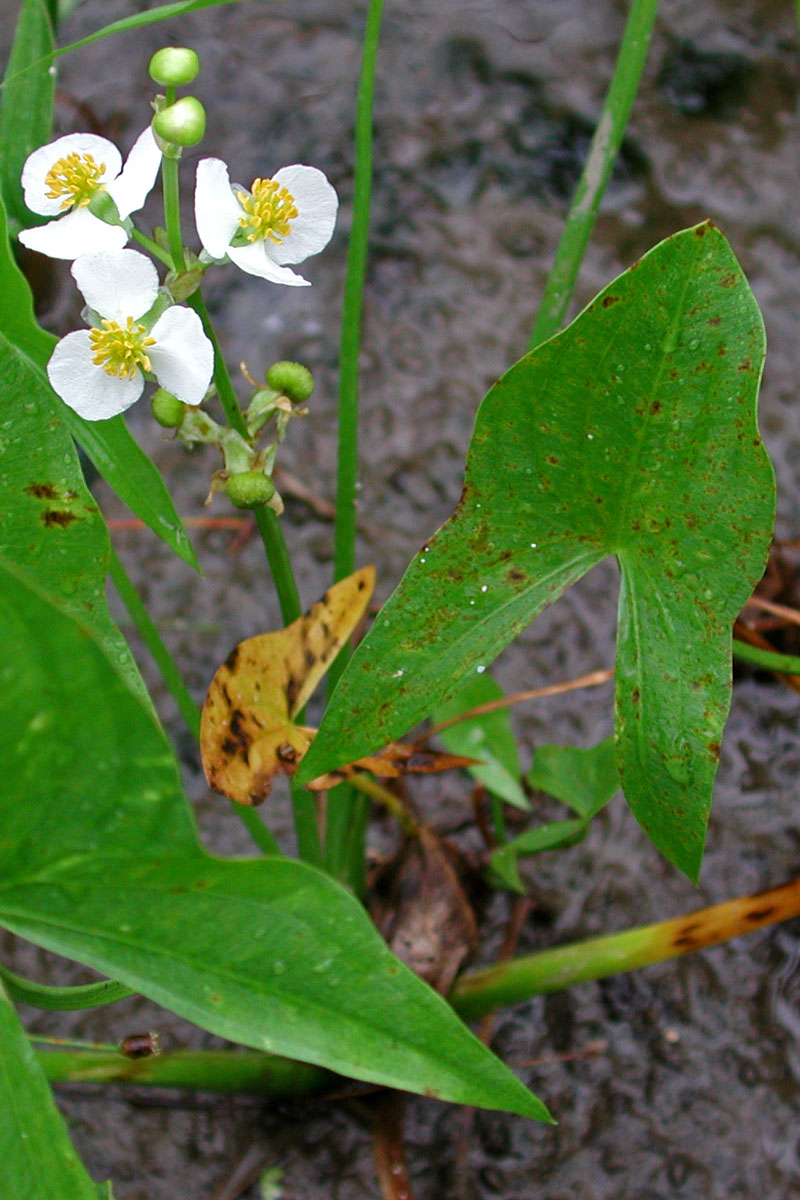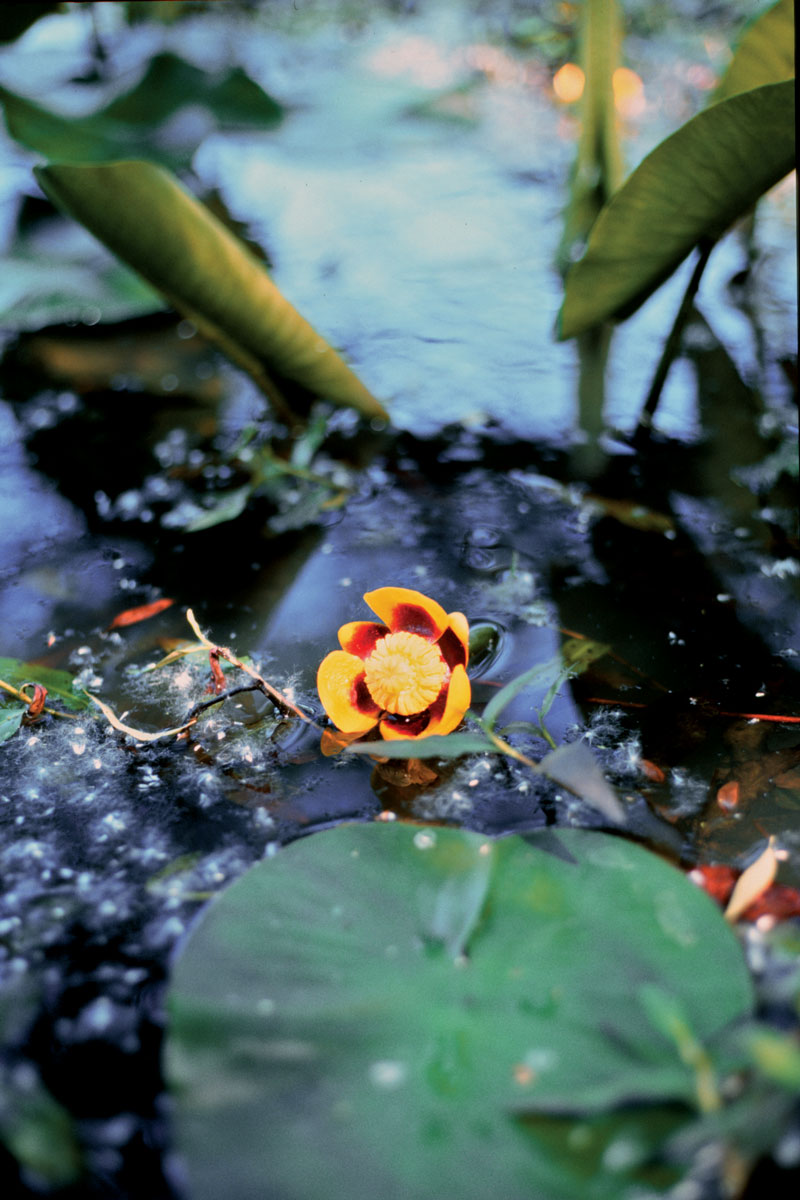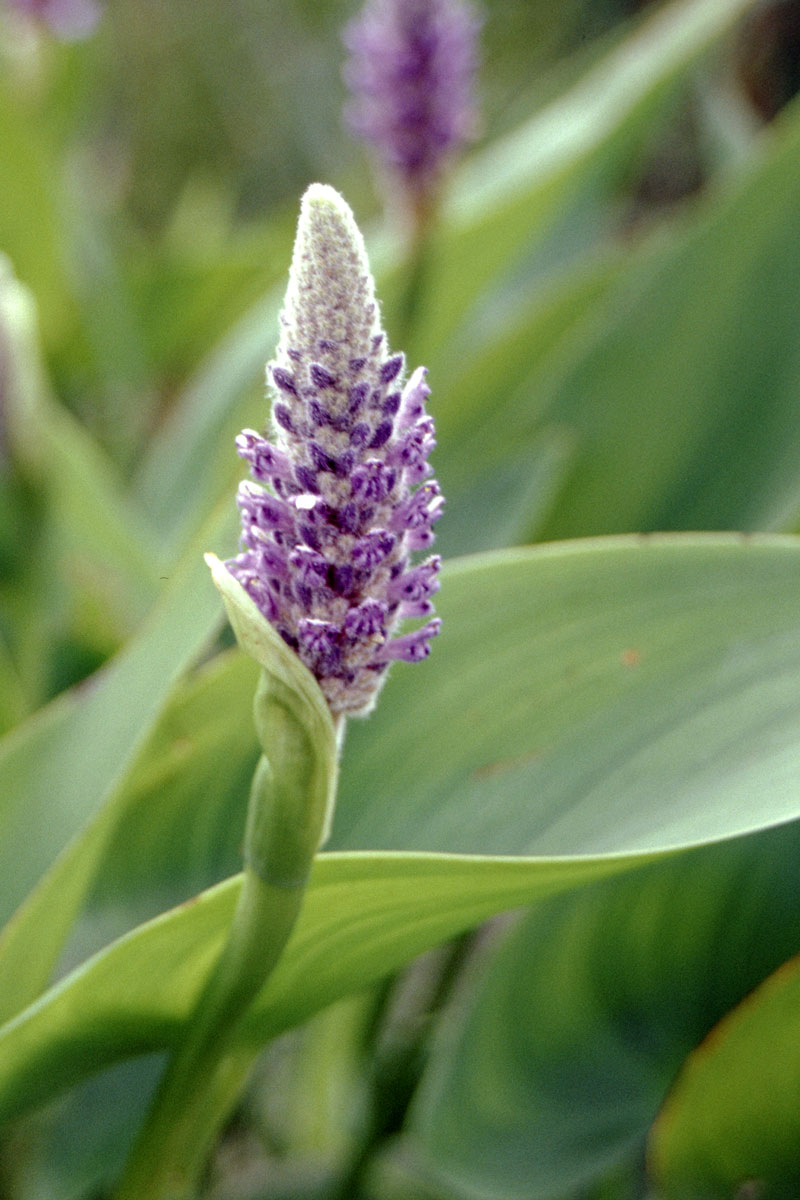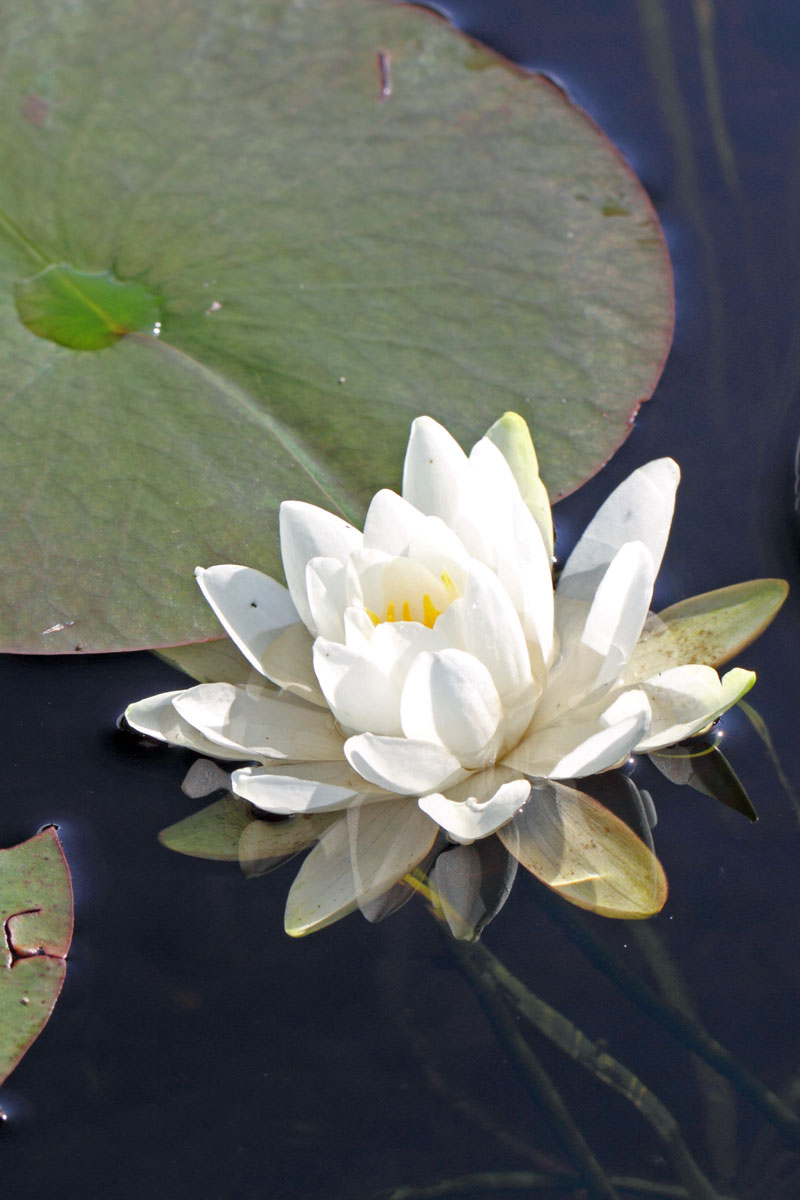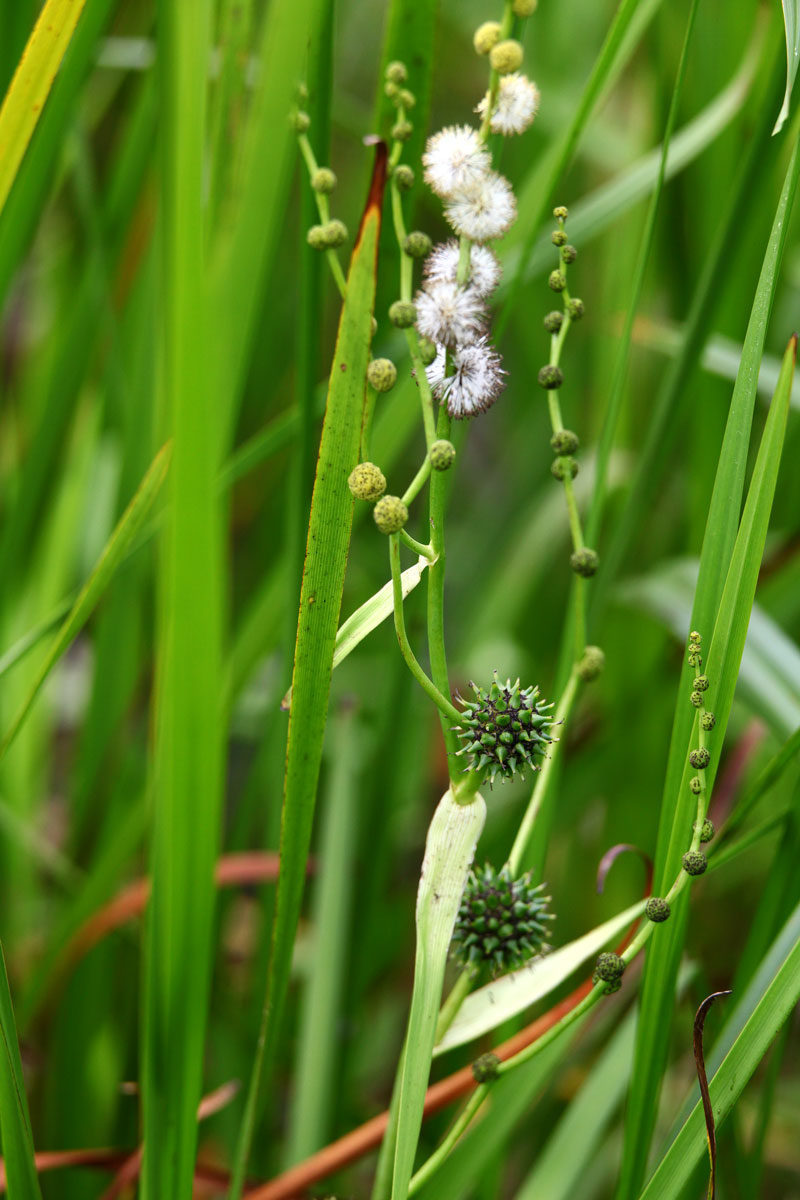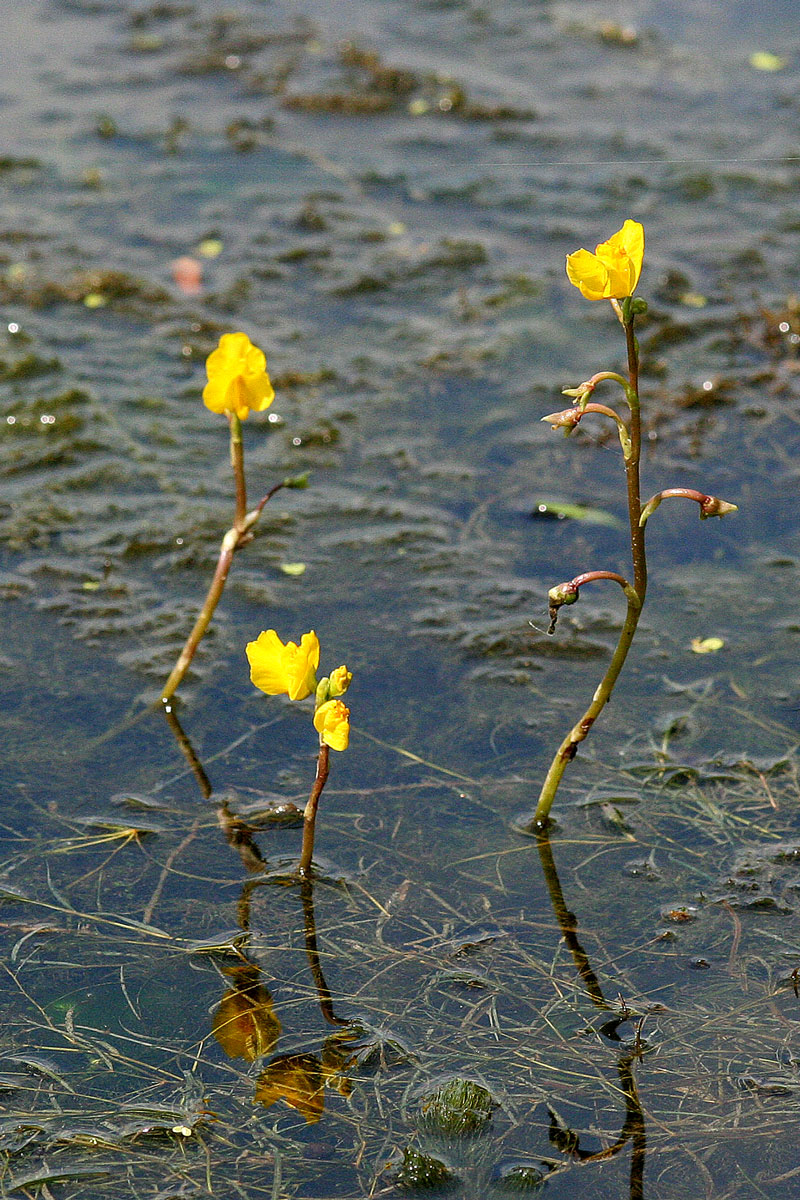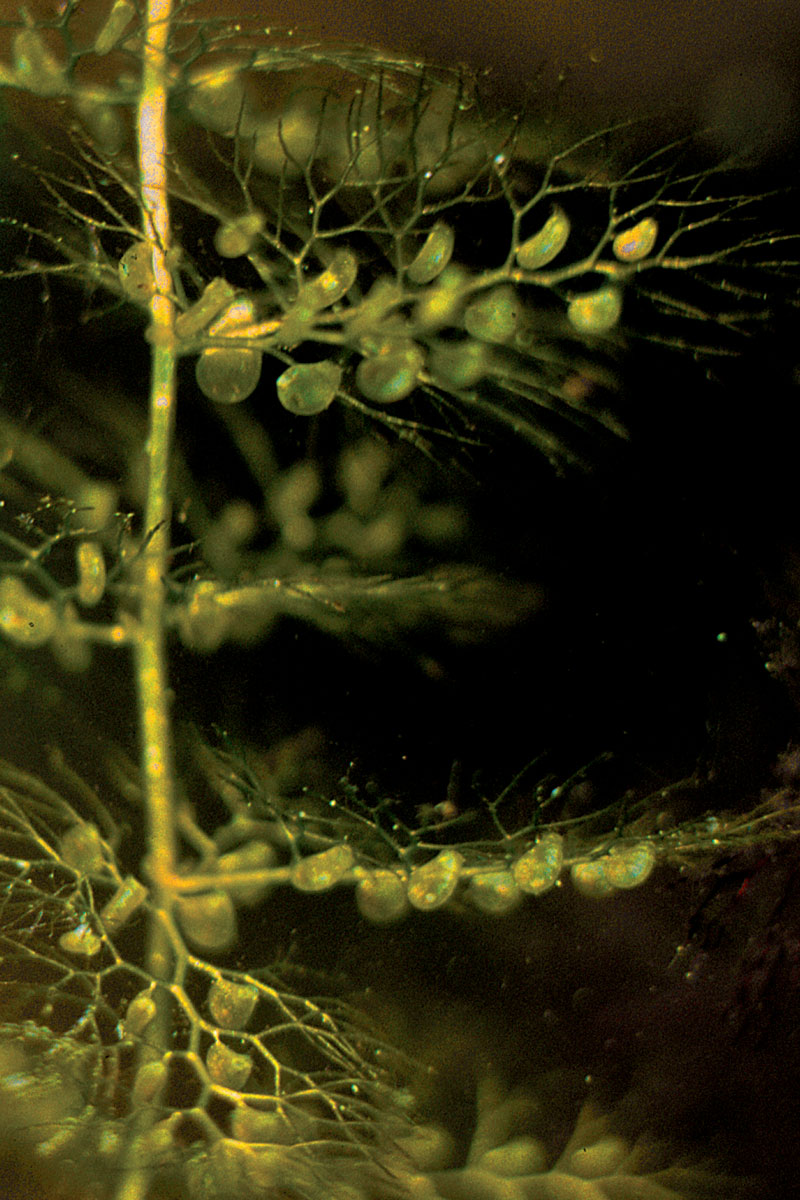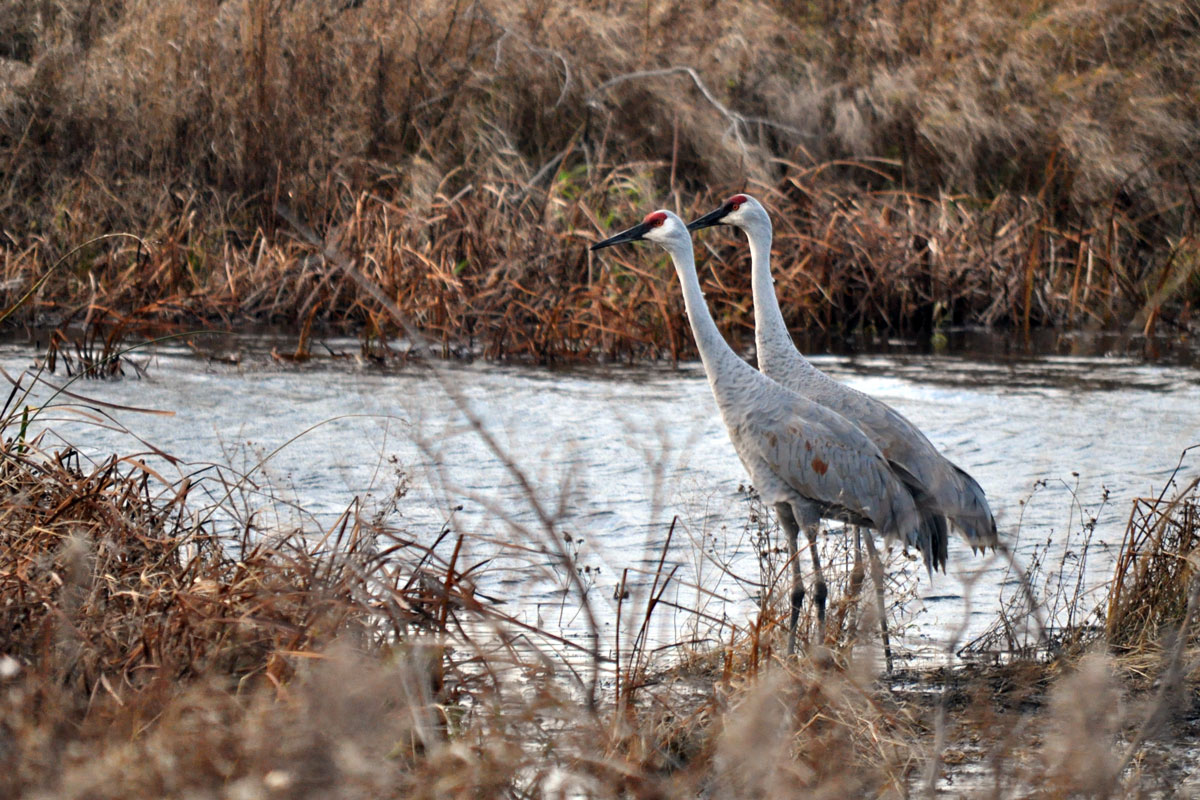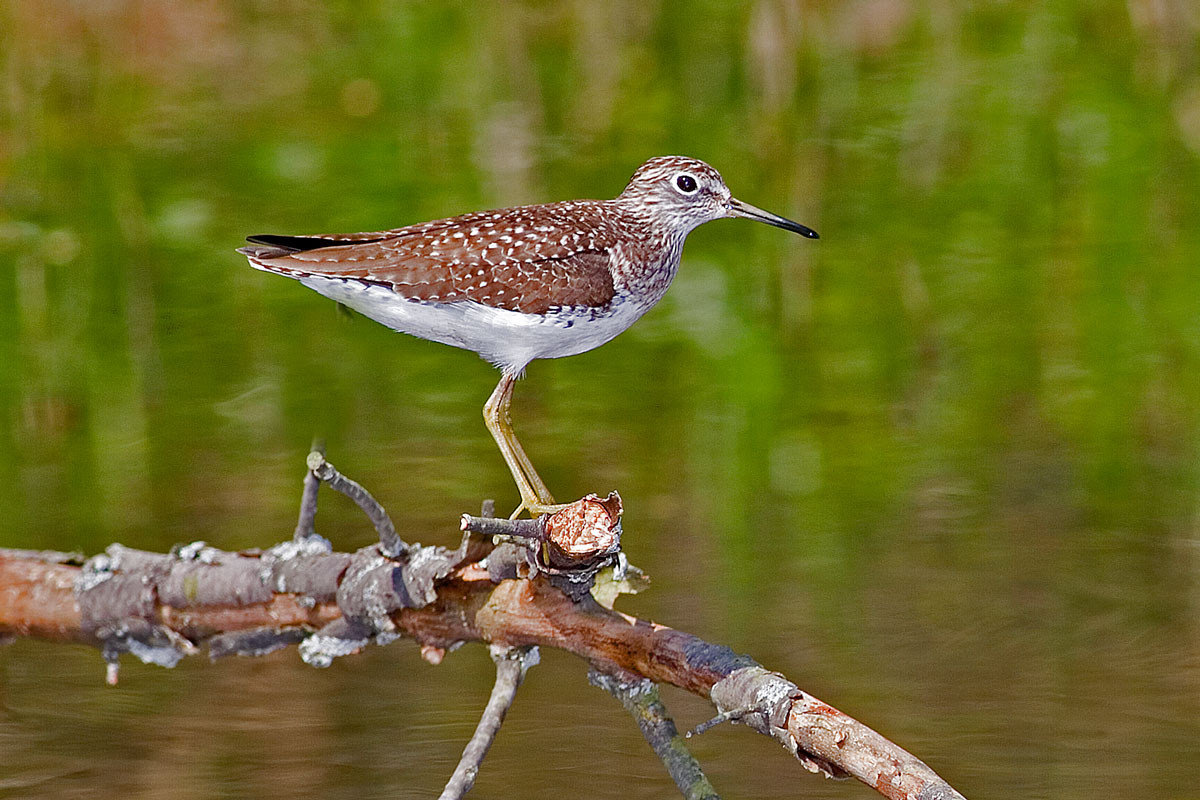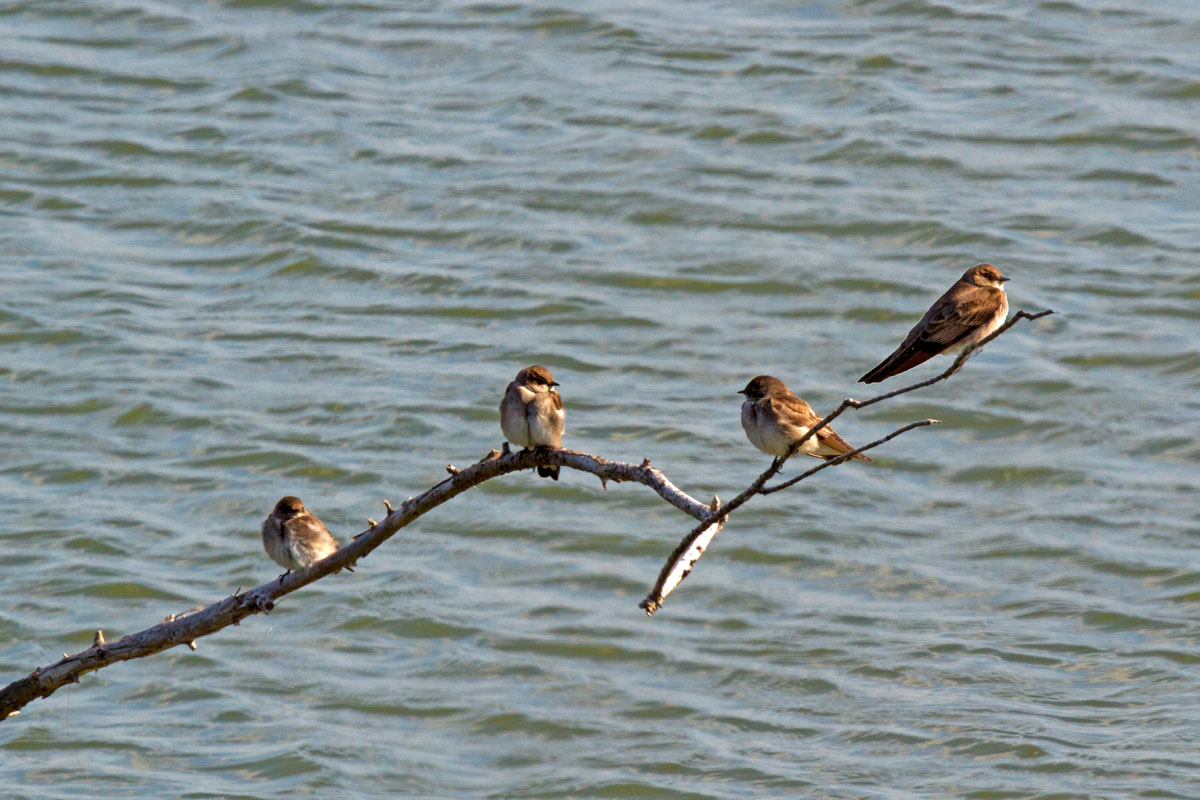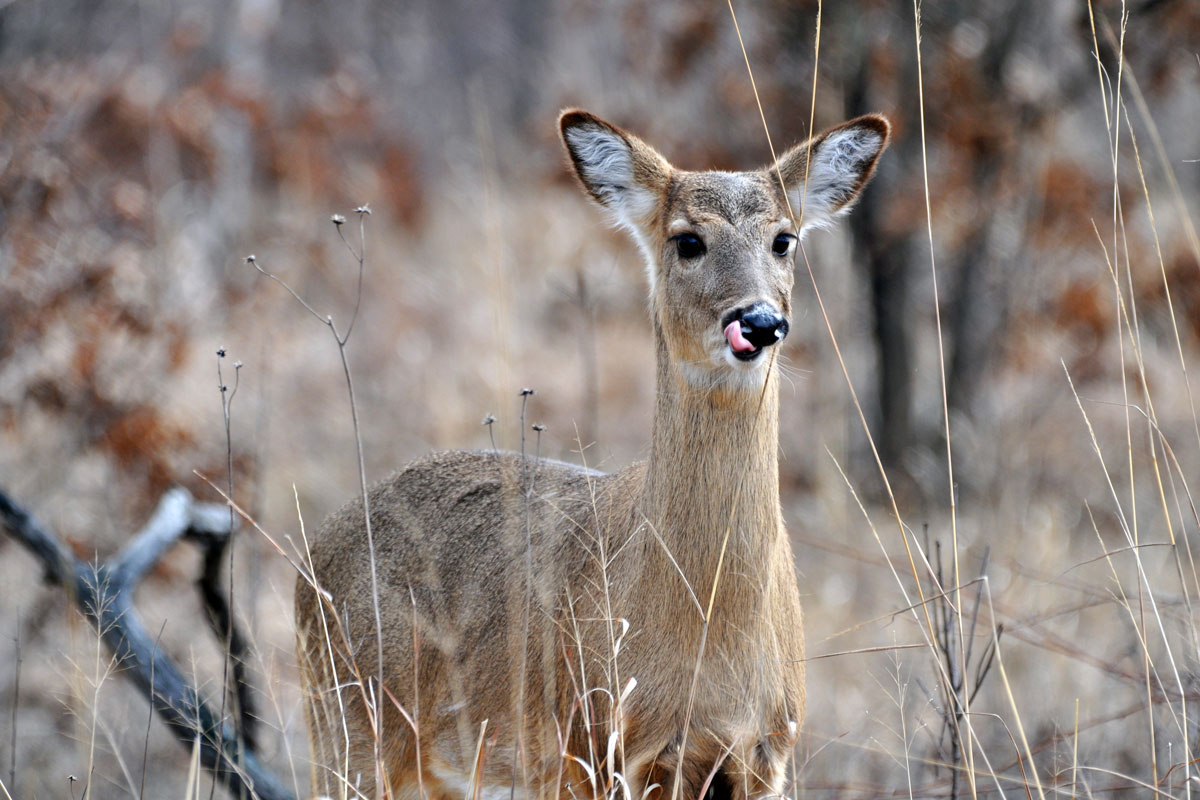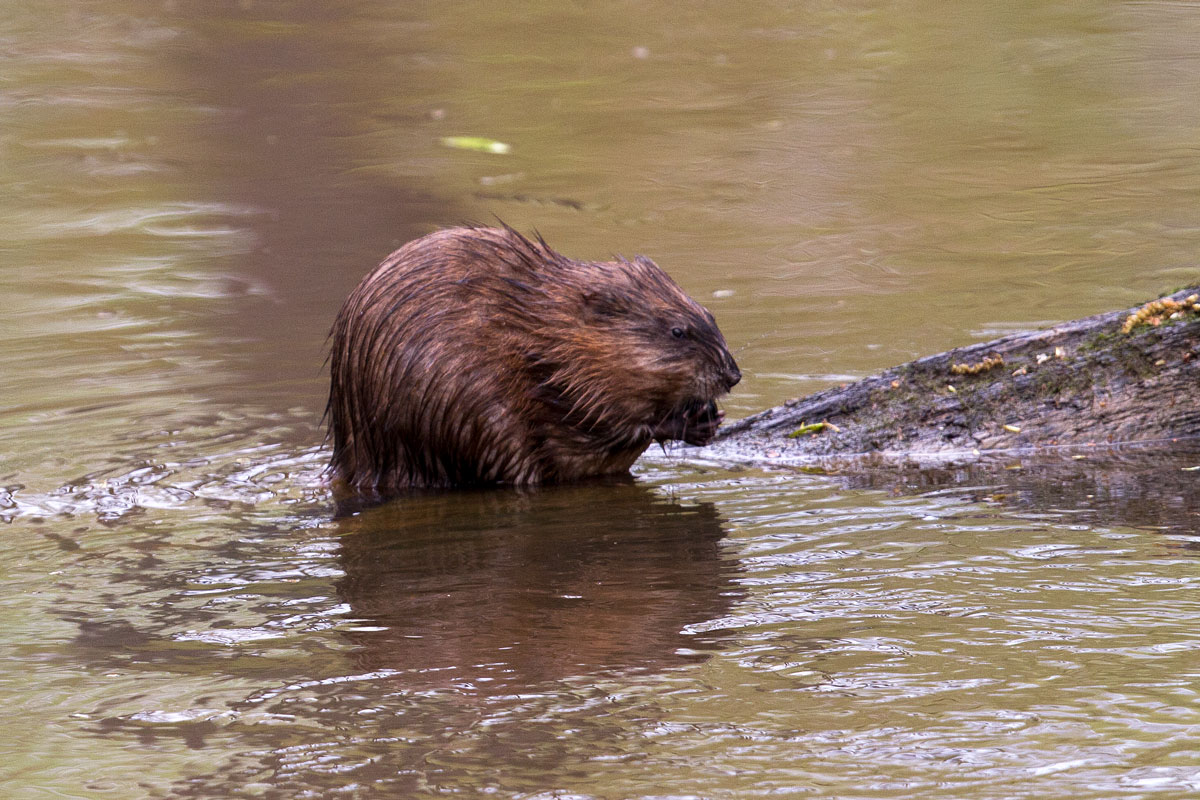Despite its name, the Dead River is home to a wide variety of life – dragonflies and butterflies can be seen flitting about; turtles bask on logs while frogs hop along the shore, chirping as they jump into the water. Birds and mammals can be seen among the wide variety of aquatic plants found here. The river is a small, approximately 2.5 mile long stream that drains into Lake Michigan. For much of the year the stream is blocked by sandbars formed by waves at the mouth of the river, creating a sluggish marshy habitat, earning it the name Dead River. When the water level is high enough, it breaks through the sandbar and the water drains from the marshes.
====
Follow the Dead River as it slowly meanders through marshes and wet prairies until you reach its mouth on the Lake Michigan shore. Here you should see water flowing into the lake; however, for most of the year the “Dead River” dead ends just shy of its destination. Large sandbars formed by waves block the river’s mouth, turning it into a long, marshy pond. Eventually the “pond” will catch enough rain water that it can break through the sandbars, and once again become a short river (~2.5 miles long) that flows into the lake.
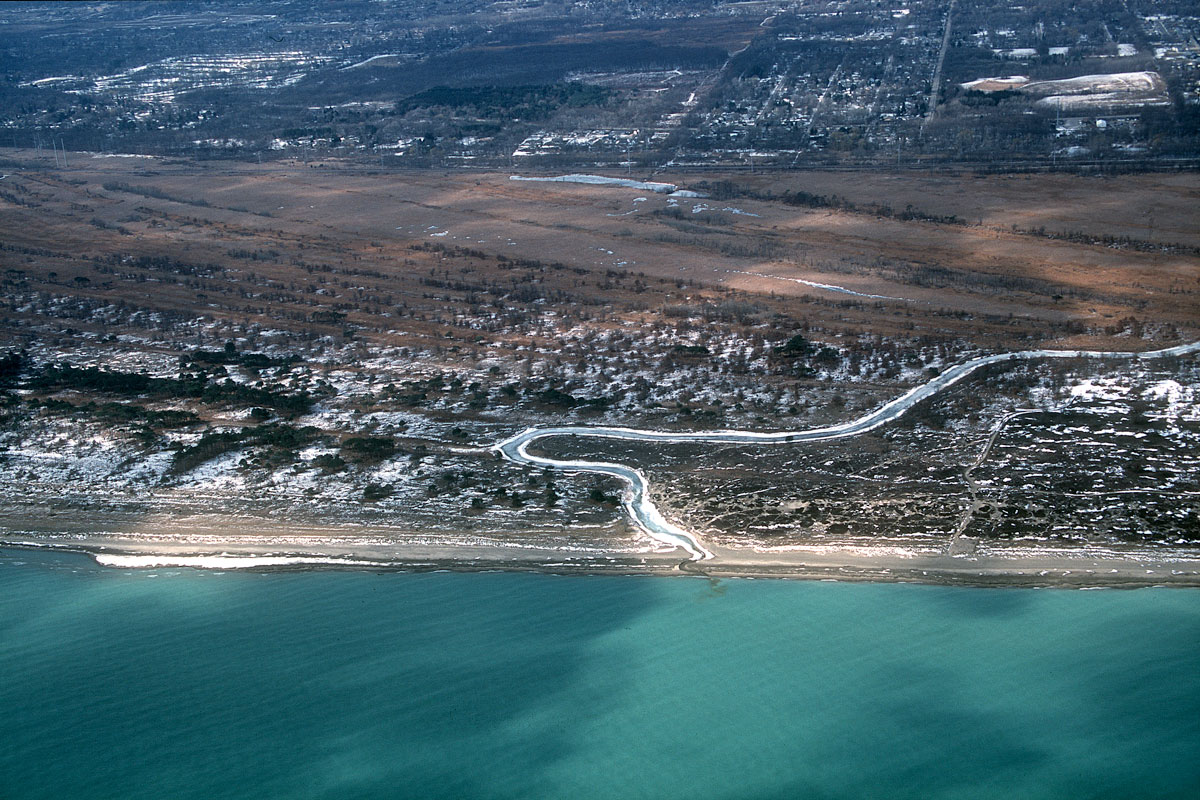
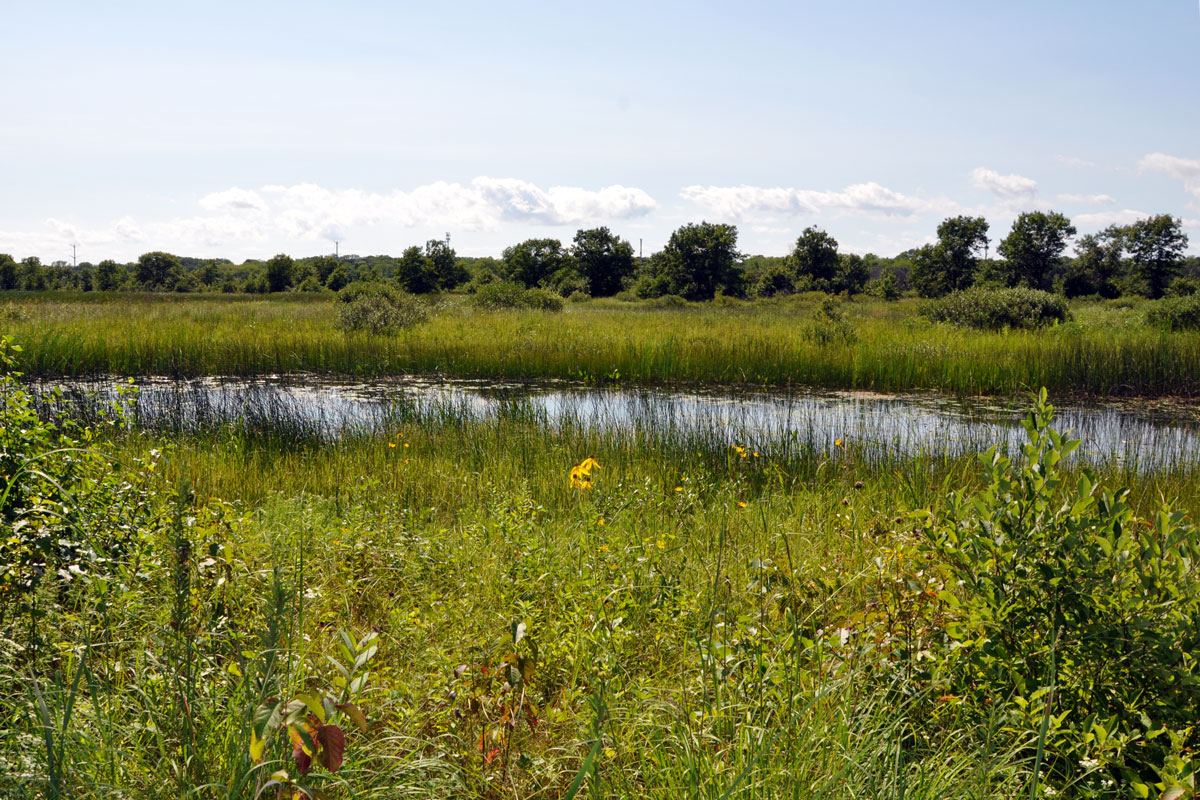
Aquatic plants
Whether river or pond, look for a wide variety of aquatic plants lining Dead River’s banks.
Watch for the small, yellow flowers of Common Bladderwort, a carnivorous plant that grows in Dead River’s shallow water. When microscopic aquatic organisms swim by and touch its underwater trigger hairs, the plant sucks them into its bladder-like traps to be digested.
Thriving wildlife
Dead River is anything but dead! Walk quietly and you might spot some of the many birds and mammals that call the area home or use it as stopover habitat during migration.
